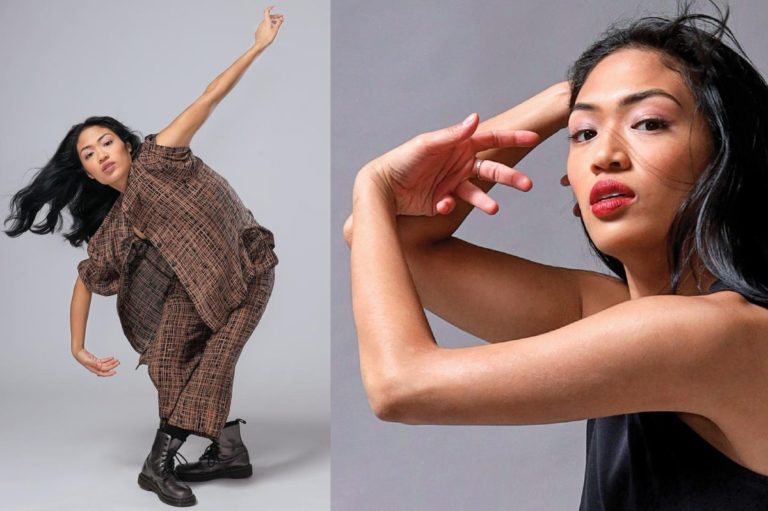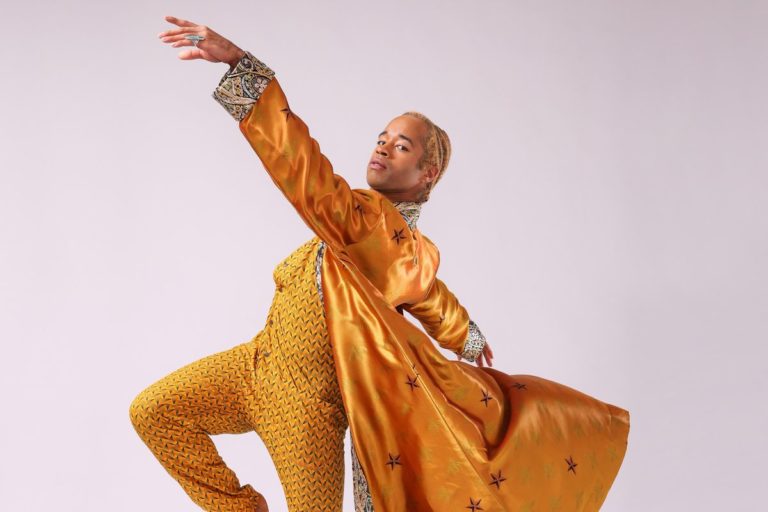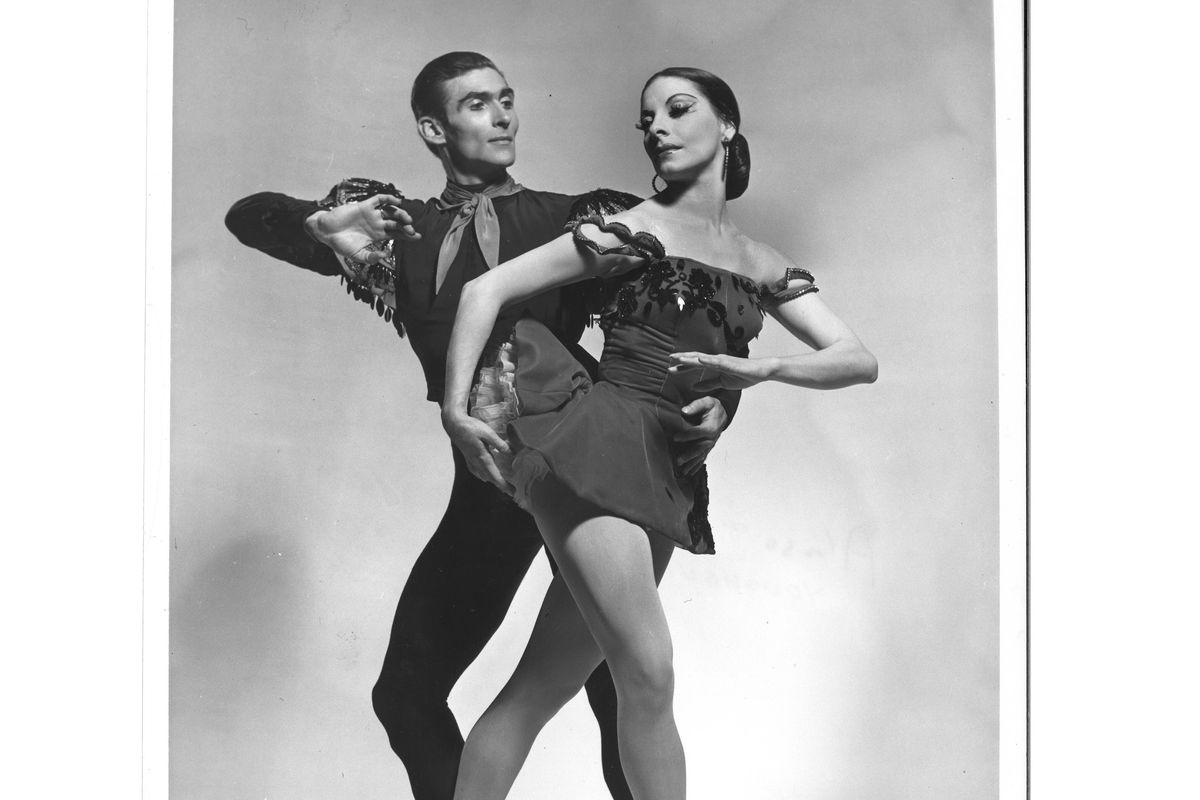
Her Dying Swan was as fragile as her Juliet was rebellious; her Odile, scheming, her Swanilda, insouciant. Her Belle was joyous, and her Carmen, both brooding and full-blooded. But there was one role in particular that prompted dance critic Arnold Haskell to ask, “How do you interpret Giselle when you are Giselle?”
At 8, Alicia Alonso took her first ballet class on a stage in her native Cuba, wearing street clothes. Fifteen years later, put in for an ailing Alicia Markova in a performance of Giselle at with Ballet Theatre, she staked her claim to that title role.
Alonso received recognition throughout the world for her flawless technique and her ability to become one with the characters she danced, even after she became nearly blind. After a career in New York, she and her then husband Fernando Alonso established the Cuban National Ballet and the Cuban National Ballet School, both of which grew into major international dance powerhouses and beloved institutions in their home country. On October 17, the company announced that, after leading the company for a remarkable 71 years, Alonso died from cardiovascular disease at the age of 98.
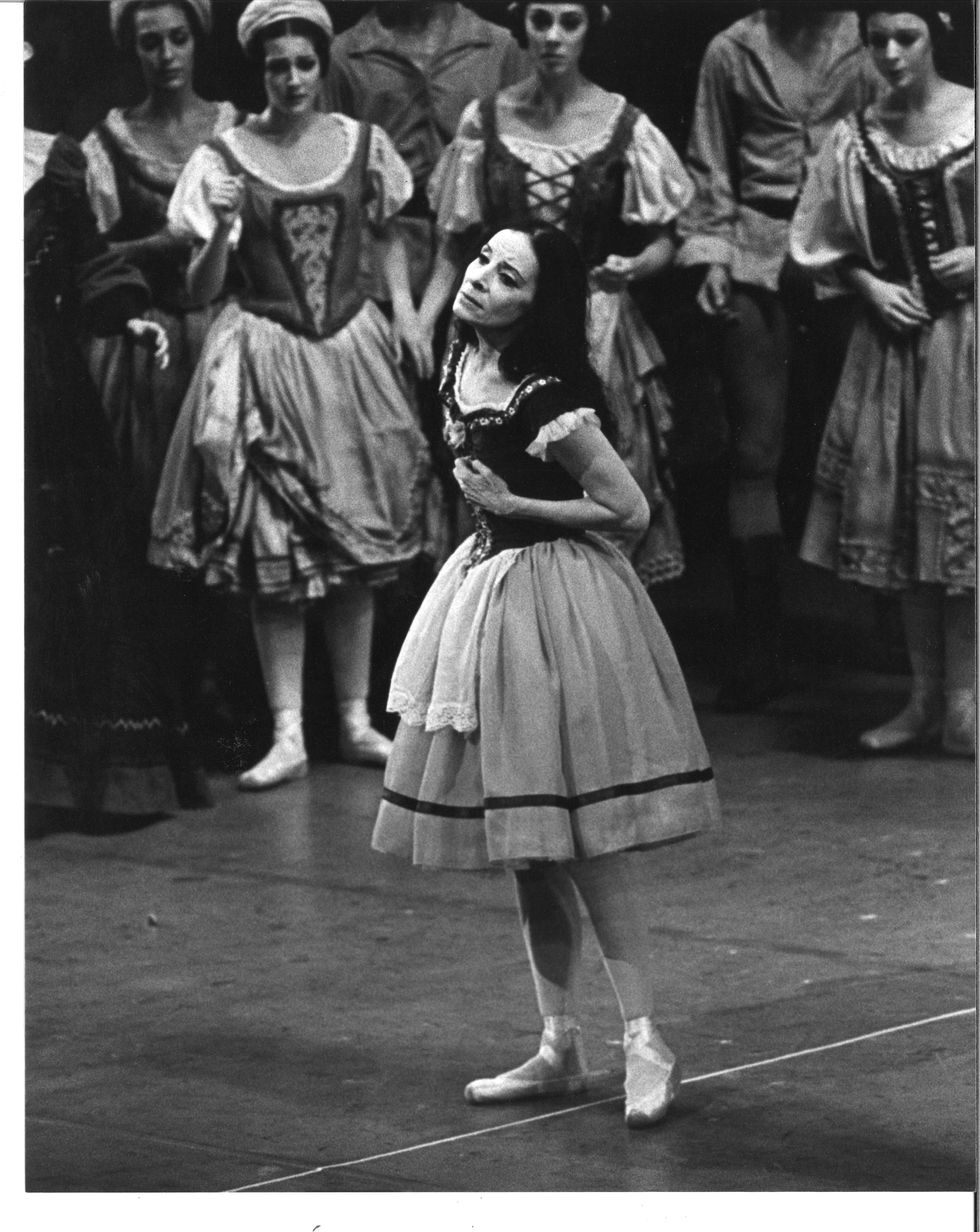
Alonso as Giselle in 1977
Photo by Beverley Gallegos, courtesy of Dance Magazine Archives
Alicia Ernestina de la Caridad del Cobre Martínez y del Hoyo was born in Havana on December 21, 1920, her family dating back to 16th-century Spanish Florida conquistadors. Her father, Antonio Martínez de Arredondo, was a veterinarian who disapproved of ballet. Alternatively, her mother, Ernestina del Hoyo y Lugo, encouraged her.
Alonso’s first ballet teacher was Nikolai Yavorsky, a Russian stranded in Havana after a French pickup company’s tour. Her future mother-in-law, Laura Rayneri, had hired him to give debutantes classes at Havana’s Sociedad Pro-Arte Musical. An elite school, Pro-Arte still suffered Depression-era scarcities, including pointe shoes, but a Society member vacationing in Italy happened upon a pair at the time Alonso was a student. Like Cinderella, hers were the only feet that fit them. (Had they not, there might not have been ballet in Cuba today!)
As a teenager Alonso fell in love with Rayneri’s son Fernando Alonso, a dance student and political rebel. The two strolled Havana’s boulevards, discussing ballet company and school prospects for Cuba, and hoping for an end to the island’s brutal dictatorships. To cast a wider net, they decided to leave for New York. Fernando left first; still in Havana, Alicia married him by proxy, with his father standing in as bridegroom. Shortly thereafter she journeyed to New York by boat. There, under the Works Progress Administration, Alicia paid 25 cents per class to study with Enrico Zanfretta, and she won a scholarship to the School of American Ballet. While in New York, at 17, Alicia gave birth to daughter Laura, whose upbringing was eventually entrusted to her grandparents.
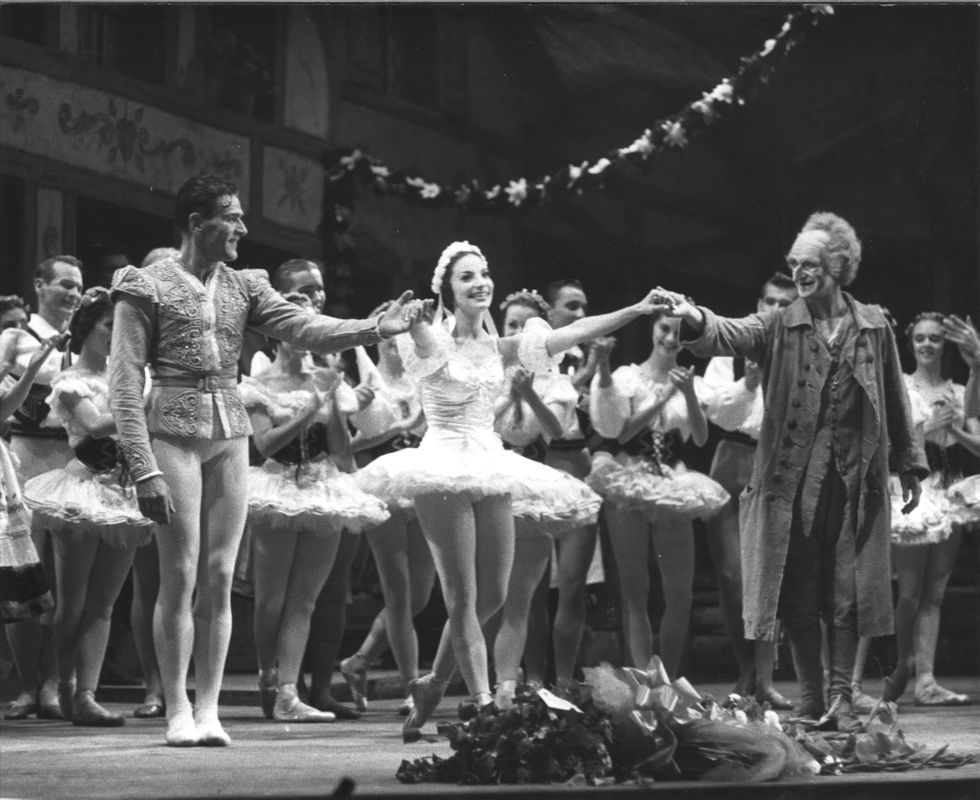
Alicia Alonso takes a curtain call after a performance of Coppelia, 1957.
Photo by Loran F. Smith, courtesy of Dance Magazine Archives
Shortly after Laura’s birth, Alonso made her professional debut as a chorus girl in the Broadway shows Great Lady (1938) and Stars in Your Eyes (1939). Soon afterwards she joined George Balanchine’s American Ballet Caravan as a soloist. Then, in 1940, she and Fernando joined Ballet Theatre, later renamed American Ballet Theatre.
That same year, at 19, Alonso found herself bumping into things. She started losing vision in one eye, and a succession of surgeries for detached retinas followed. She was forced to return to Cuba to rest, lie immobilized between surgeries, and not dance for one year. During this period, with Fernando’s help, she memorized her roles, marked them using her fingers, with her eyes bandaged or closed. Her eye surgeon predicted that she would end up blind if she continued dancing. She did continue—and his predictions came true—but not until after Alonso established herself as a dance artist who was, in the words of Agnes de Mille, as “valiant as she was virtuosic.”
Alonso returned to New York and to Ballet Theatre in 1943, the same year she would make her Giselle debut. Her limpid technique, versatility and natural gift for theatricality placed her at the top of the company’s roster. George Balanchine created his Theme and Variations on her and her frequent partner Igor Youskevitch; among other works were Agnes de Mille’s Fall River Legend and Antony Tudor’s Undertow. When fiscal difficulties forced a 1948 company closure, Alicia and Fernando returned to Cuba to start a company and school.
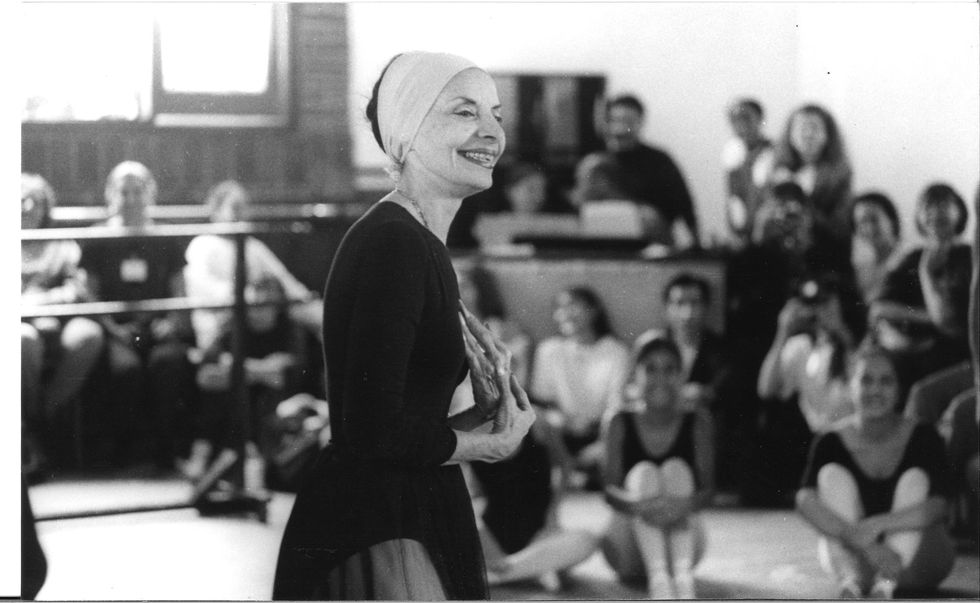
Alicia Alonso teaching in Mexico City, 1991
Photo by Alida Kent, courtesy of Dance Magazine Archives
To inaugurate Ballet Alicia Alonso in 1948, the couple leaned on Pro-Arte Musical for costumes and sets, Alonso’s guest appearance fees and on Cuba’s Education Ministry to fund South America tours. They established a school two years later. Ballet Alicia Alonso attracted a following in the countryside, where peasants who had never seen a movie saw company flatbed truck performances. A representative of the increasingly discredited Fulgencio Batista dictatorship tried to muscle the Alonsos into joining its cultural council, dangling the promise of full funding. He threatened them with losing everything if they declined, but Alonso rejected what she called Batista’s “blackmail offer.”
The company did lose everything, but gained the revolution’s respect. For the next several years, Alonso continued to dance with Ballet Theatre and Ballet Russes de Monte Carlo, and she was the first Western dancer invited to dance in the then Soviet Union. Days after Fidel Castro’s revolution took power in 1958, while Alicia was on tour with Ballet Russes, Castro paid Fernando a personal visit. After several hours of discussing politics Castro asked, “How much do you need to start again?” Fernando named a figure he thought impossible, “100,000 pesos.” Castro said, “We’ll double it, but make it outstanding.” Later, he added that the company’s roster should be Pan-American.
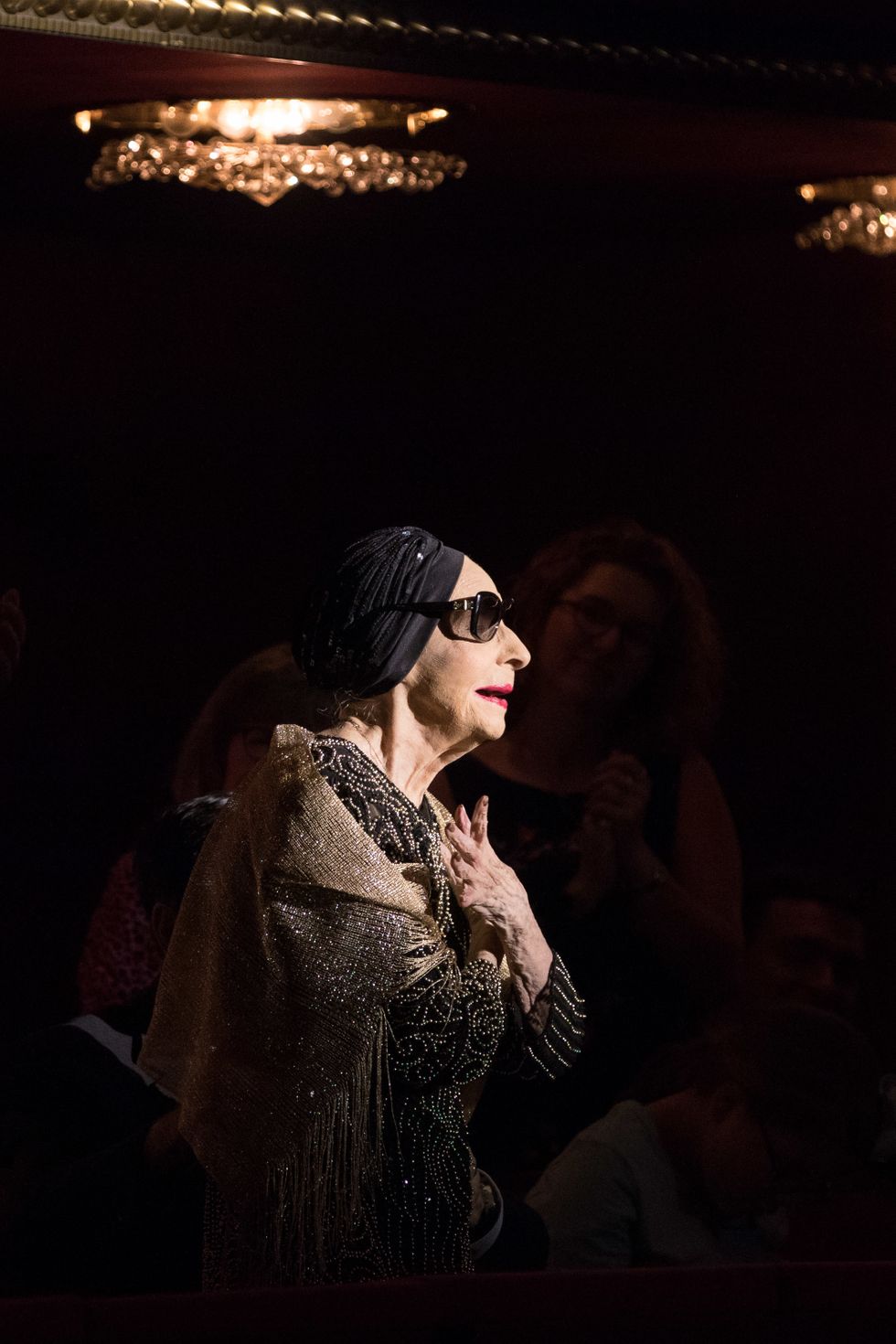
Alonso at the Kennedy Center during the Cuban National Ballet’s 2018 U.S. tour
Photo by Teresa Wood, courtesy of The Kennedy Center
The company, now renamed the Cuban National Ballet, soon became the mothership of a flotilla of vessels: the National School of the Arts, Cubanacán, a school for working class and rural students; Pyschoballet, for disabled and blind children; a biennial international festival; a national lower school network; factory worker night classes; and contests to recruit to the National Ballet School. The school would become a training ground for scores of Cuban dancers and others from Spain and Latin America. Many would become international stars, including Carlos Acosta, José Manuel Carreño, Jorge Esquivel, Lorena Feijóo and Lorna Feijóo. Soviets sent teachers, including Azari Plisetsky, Maya Plisetskaya’s brother, who was instrumental in creating classes that trained some of the finest male dancers in the world.
As the company’s artistic director, Alonso continued to dance well into her 70s, even as she courted blindness. She became possessive about leading roles, insisting on dancing them herself. This grated on Fernando, and disagreements about casting decisions and other artistic considerations led to their 1974 divorce. (He died in 2013.) In 1975, Alonso married Dr. Pedro Simón, a dance critic, editor and philosophy professor who, as CNB co-executive director, became Alicia’s “eyes.”
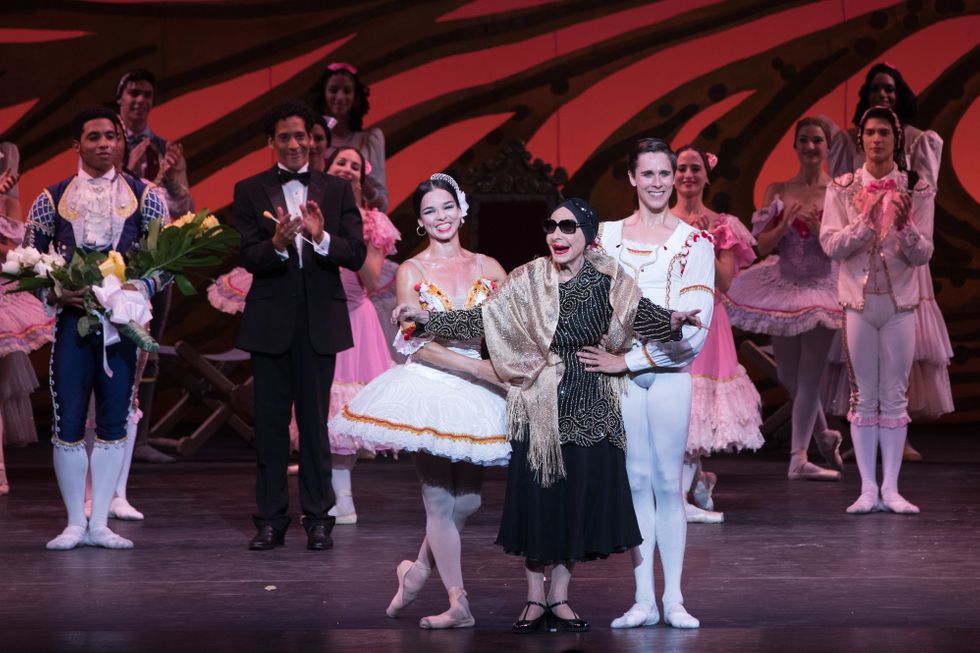
Alonso takes a bow at the Kennedy Center with members of the Cuban National Ballet. Ballerina Viengsay Valdés, to Alonso’s left, will now lead the company as artistic director.
Photo by Teresa Wood, courtesy of The Kennedy Center
The U.S.-imposed trade embargo made company sacrifice and inventiveness necessary. Resulting over-reliance on Soviet aid cost heavily when the Soviet Union collapsed. During the following “Special Period,” scarcities in basic goods meant enormous sacrifice for the company, and saw dancers leaving Cuba to work abroad. Nevertheless, the company endured, hosting its biennial international dance festival and touring to 65 countries during Alonso’s tenure.
Alonso led the Cuban National Ballet for over seven decades. And her influence has been profound: all major U.S. companies have benefitted from adding Cuban-trained dancers to their rosters, as well as Cuban-trained teachers to their school faculties. And we have begun to see U.S. students attending summer intensives in Cuba and extending their training there year-round, including Catherine Conley, who danced with the Cuban National Ballet for two years before joining Milwaukee Ballet this season. On January 19, 2019, Cuban étoile Viengsay Valdés was named company sub-director, to become artistic director upon Alonso’s death.
Besides Laura Alonso, and Simón, Alonso is survived by a grandson, Ivan Monreal Alonso, two great-grandchildren and three great-great grandchildren.
Toba Singer is the author of Fernando Alonso: The Father of Cuban Ballet.

